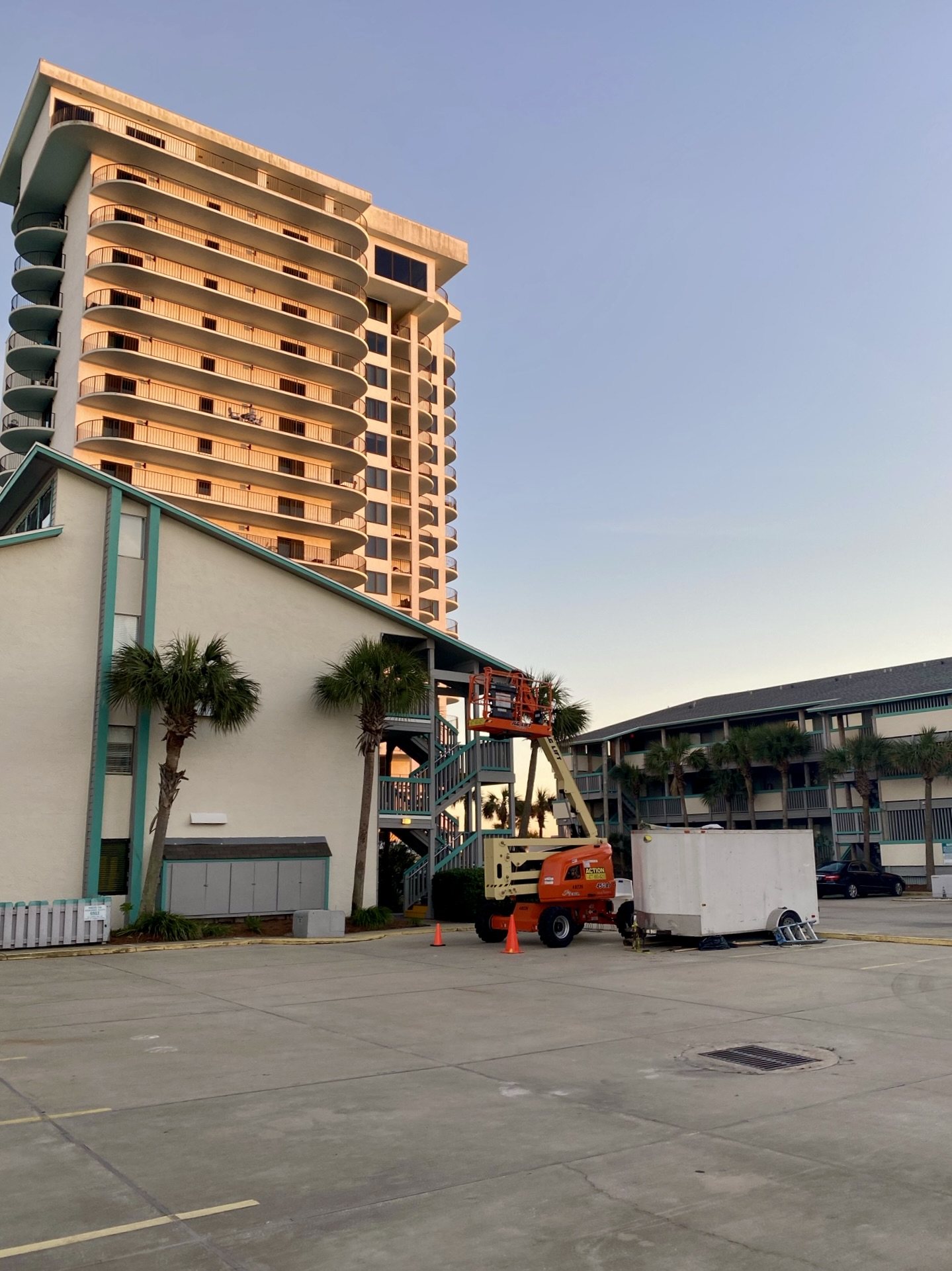7 Different Types Of Commercial Real Estate

For those stepping into the building construction and property sectors, understanding the varied types of commercial real estate is crucial. Each property type presents unique challenges and opportunities, and recognizing these can provide insights into investment decisions, construction processes, and property management. Let’s embark on a journey through seven prominent types of commercial real estate.
- Office Buildings
Often the most recognized type, office buildings can vary widely in scale and class:
- High-Rise CBD Offices: These are typically in central business districts and house major corporations.
- Suburban Offices: Located outside central business zones, they can be standalone or grouped in an office park.
- Boutique Offices: Smaller in scale, these often cater to niche businesses or startups.
The construction of office buildings requires a keen focus on creating functional spaces that foster productivity and collaboration.
- Retail and Restaurant Spaces
From shopping malls to small boutiques, these spaces are designed to attract and accommodate consumers:
- Strip Centers: These are row-style setups, often with front-facing stores and shared parking.
- Shopping Malls: Larger structures, encompassing various retailers, entertainment zones, and food courts.
- Stand-Alone Retailers: These might include big-box stores or individual restaurants.
Constructing retail spaces necessitates a focus on accessibility, ambiance, and customer experience.
- Industrial Real Estate
Differing from regular commercial spaces, industrial properties serve specific operational functions:
- Heavy Manufacturing: Large-scale facilities tailored for producing goods.
- Light Assembly: These might be used for product assembly, without the intensive manufacturing processes.
- Bulk Warehouses: Vast spaces for storage and distribution, often located near transport hubs.
Considerations like floor strength, ceiling height, and transportation access are vital when building industrial spaces.
- Multifamily Housing
These residential structures offer multiple units for rent:
- High-Rise Apartments: Typically more than nine floors, with elevators, located in urban settings.
- Mid-Rise Apartments: Fewer stories, often in urban or suburban locales.
- Garden Apartments: Low-rise buildings, generally with a garden-like setting.
Constructing multifamily units necessitates a blend of private living spaces with shared amenities, ensuring residents’ comfort and security.
- Hotels and Resorts
Serving the hospitality industry, these structures focus on short-term accommodation:
- Full-Service Hotels: Offering a range of services, including room service, on-site restaurants, and concierge.
- Limited Service Hotels: Fewer amenities but often more budget-friendly.
- Extended Stay Hotels: Designed for longer stays, with amenities like kitchenettes in rooms.
Constructing hotel properties requires a balance between aesthetics, functionality, and guest experience enhancement.
- Special-Purpose Real Estate
These are properties tailored for very specific needs:
- Sports Facilities: Such as stadiums or tennis courts.
- Theaters: Designed for performances or movie screenings.
- Car Washes: Specifically constructed for vehicle cleaning.
Building these requires a deep understanding of the unique operations they’ll cater to, ensuring designs are perfectly aligned with functional requirements.
- Mixed-Use Developments
Blending various types of commercial real estate, these developments serve multiple purposes:
- Retail and Office: A common mix, where ground floors cater to retailers, and upper levels house office spaces.
- Residential and Hotel: Luxury apartments might be combined with hotel units, sharing amenities.
- Office, Retail, and Residential: A holistic development catering to work, leisure, and living.
Constructing mixed-use developments demands a holistic perspective, ensuring harmony among different property types and optimizing space utilization.
The World of Commercial Real Estate is Diverse
As we traverse the vast landscape of commercial real estate, it becomes evident that each property type has its unique flavor, challenges, and opportunities. Understanding these intricacies is invaluable, whether you’re an investor, builder, or a property enthusiast.
The diverse world of commercial real estate beckons with myriad possibilities, each with its tale of design, functionality, and purpose. Embracing the rich tapestry of property types can pave the way for informed decisions, successful projects, and a deep appreciation for the built environment that surrounds us.
